Disclosure: This article contains affiliate links. We may earn a commission from purchases at no extra cost to you, which helps our travel content.
The first time I brought my daughter Amira to Barcelona, she was just seven years old, and I worried the tapas scene might be too adult-centered for her curious spirit. How wrong I was! That evening in El Born, watching her eyes widen as plate after tiny plate arrived at our table, I realized tapas culture is the ultimate family dining experience – communal, playful, and endlessly adaptable. Now, fifteen years and countless Barcelona visits later, I've refined my tapas crawl to a well-choreographed dance between tradition and innovation. Whether you're visiting as a couple seeking romance or parents wanting to introduce your kids to Spanish food culture, this crawl works beautifully. I've arranged these ten stops geographically so you can tackle them over a weekend, or cherry-pick your favorites for a single evening of culinary exploration. Lace up your comfortable shoes, bring your appetite, and remember the golden rule of tapas crawling: pace yourself – this is a marathon, not a sprint!
The Traditional Titans: Old-School Tapas Bars
My love affair with Barcelona's tapas scene began in the narrow, bustling corridors of the city's most traditional establishments – places where recipes haven't changed in generations and the patina on the walls tells stories spanning decades.
First stop: Bar La Plata in the Gothic Quarter. This tiny corner bar has been serving exactly four tapas since 1945: tomato salad, botifarra sausage, anchovies, and fried sardines. That's it. The simplicity is the point. I'll never forget how the owner once winked at Amira when she was about ten, sliding her an extra sardine with a conspiratorial smile. 'For the young food critic,' he said in Catalan as my ex-husband translated.
El Xampanyet nearby is my second traditional must-visit. Named for their slightly sparkling house wine, this buzzing spot requires strategic maneuvering – it's standing room only most nights. Their salt cod is legendary, and the marinated anchovies make even anchovy-skeptics reconsider their position. The ceiling is hung with legs of jamón, and the blue-and-white tiles transport you to another era entirely.
For my third traditional pick, venture to Quimet & Quimet in Poble Sec. This fourth-generation family-run bodega specializes in montaditos – small open-faced sandwiches that are architectural marvels. Their salmon with truffled honey and yogurt is a transcendent bite that has survived every menu update for good reason. The space is minuscule, with walls lined floor-to-ceiling with bottles, creating an atmosphere that feels both intimate and theatrical.
At these traditional spots, I've learned to arrive early (8:00 PM is perfect) or be prepared to wait. The Spanish dine late, but tourists know about these places now, creating an interesting early-evening cultural mix before the locals arrive for their 10:00 PM dinner.
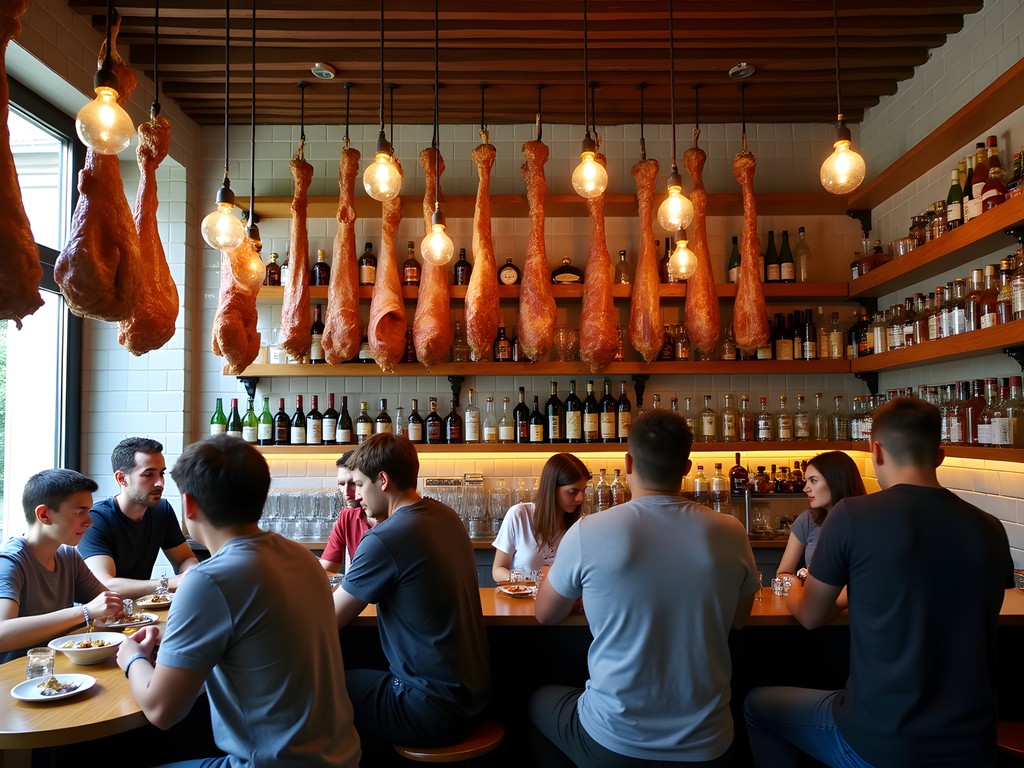
💡 Pro Tips
- Visit traditional tapas bars between 1-3pm or 8-9pm to avoid the worst crowds
- Look for places where locals are standing at the bar – that's where the action is
- Don't be shy about pointing if language is a barrier – tapas culture is visual
Market Marvels: La Boqueria and Beyond
No tapas crawl in Barcelona is complete without a stop at the markets, where the freshest ingredients transform into immediate gratification. I've spent countless mornings here with my travel journal in hand, sketching the vibrant displays and jotting down flavor combinations to try recreating back home.
La Boqueria Market off Las Ramblas is the crown jewel, though admittedly the most touristic. Skip the stalls at the entrance and head deep into the market's heart to find El Quim de la Boqueria. Their sizzling garlic prawns and fried eggs with baby squid have been my go-to order for years. I once brought a group of fellow coaches here during a sports conference, and even the most hesitant eaters in our group were soon ordering seconds of the chipirones (baby squid).
For a more local experience, I prefer Mercat de Santa Caterina with its undulating, colorful roof. Inside, Cuines Santa Caterina offers a modern take on market-fresh tapas. Their bikini sandwich (a pressed ham and cheese) elevated with black truffle is worth every euro. The communal tables here make it easy to strike up conversations with locals – something my daughter always appreciated as she practiced her Spanish.
Mercat de Sant Antoni, recently renovated after years of construction, houses El Racó del Peix where the seafood tapas are prepared with minimal intervention – just the catch of the day, good olive oil, and flaky sea salt. Perfect simplicity.
Market tapas require a different strategy than evening crawls. Come hungry around 11:30 AM when the markets are bustling but before the lunch rush. Bring a insulated water bottle to stay hydrated between bites – the markets can get warm, and Spanish wine flows freely even at lunch!
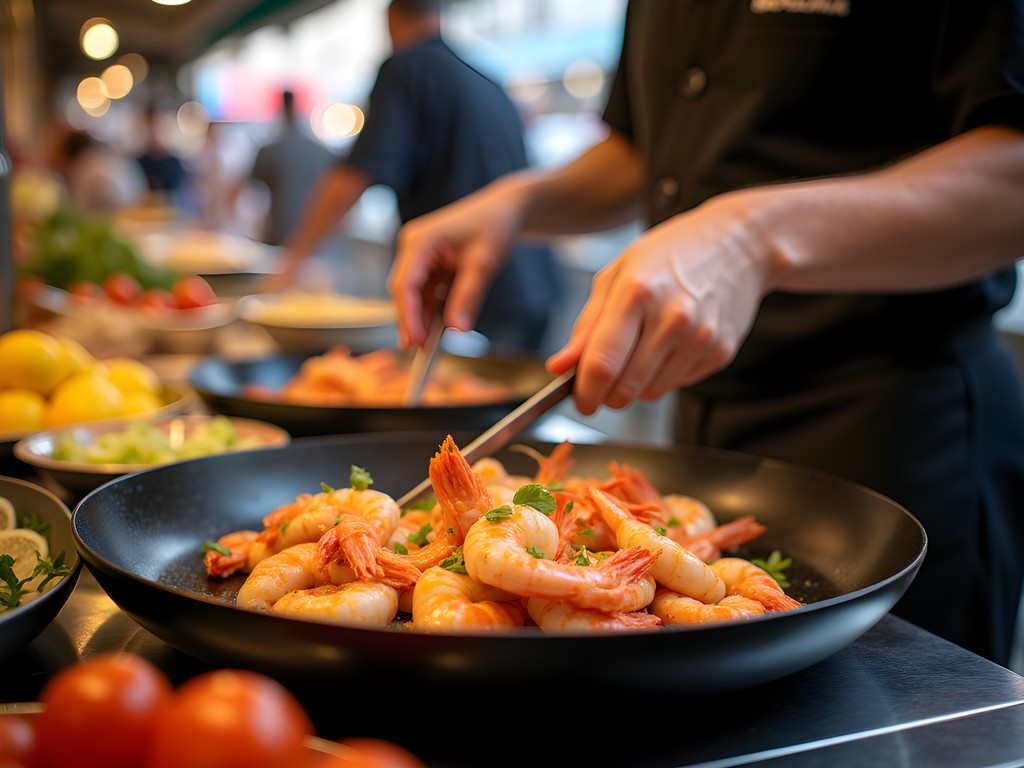
💡 Pro Tips
- Visit markets mid-morning on weekdays to avoid weekend crowds
- Look for stalls where the vendors are actively cooking, not just displaying pre-made items
- At La Boqueria, walk at least halfway into the market before choosing where to eat
Avant-Garde Adventures: Modern Catalan Tapas
Barcelona's culinary scene doesn't just honor tradition – it constantly reinvents it. The city's modern tapas establishments blend Catalan foundations with global techniques and unexpected ingredients, creating experiences that challenge your palate in the most delightful ways.
Tickets Bar, Ferran Adrià's more accessible venue after the legendary elBulli, remains my favorite special occasion spot. Reservations are essential (book exactly 60 days ahead online), but the molecular gastronomy approach to tapas is worth planning your trip around. Their liquid olives – spherified olive juice that bursts in your mouth – create that rare moment of genuine culinary surprise. When my ex and I first brought Amira here as a teenager, she declared it 'like eating science experiments, but delicious ones.'
Disfrutar, opened by former elBulli chefs, takes the avant-garde approach even further. Their tasting menu format isn't traditional tapas, but the procession of small, mind-bending dishes captures the tapas spirit of exploration and sharing. The macaroni carbonara made from transparent pasta that looks nothing like traditional macaroni is a standout.
For something less stratospheric in price but equally creative, Tapas 24 by Carles Abellan serves clever reinterpretations of classics. Their bikini sandwich comes stuffed with black truffle, ibérico ham and buffalo mozzarella – a humble sandwich elevated to gourmet status without losing its soul.
When exploring Barcelona's modern tapas scene, I've found it helps to bring a pocket translator for deciphering the more creative menu descriptions. Many places offer English menus, but the nuances of technique and ingredients sometimes get lost in translation.
The avant-garde spots require a different rhythm than traditional tapas crawling. Rather than hopping quickly, settle in and let the chefs guide your experience. These are places to linger, discuss, and fully absorb the creativity on display.
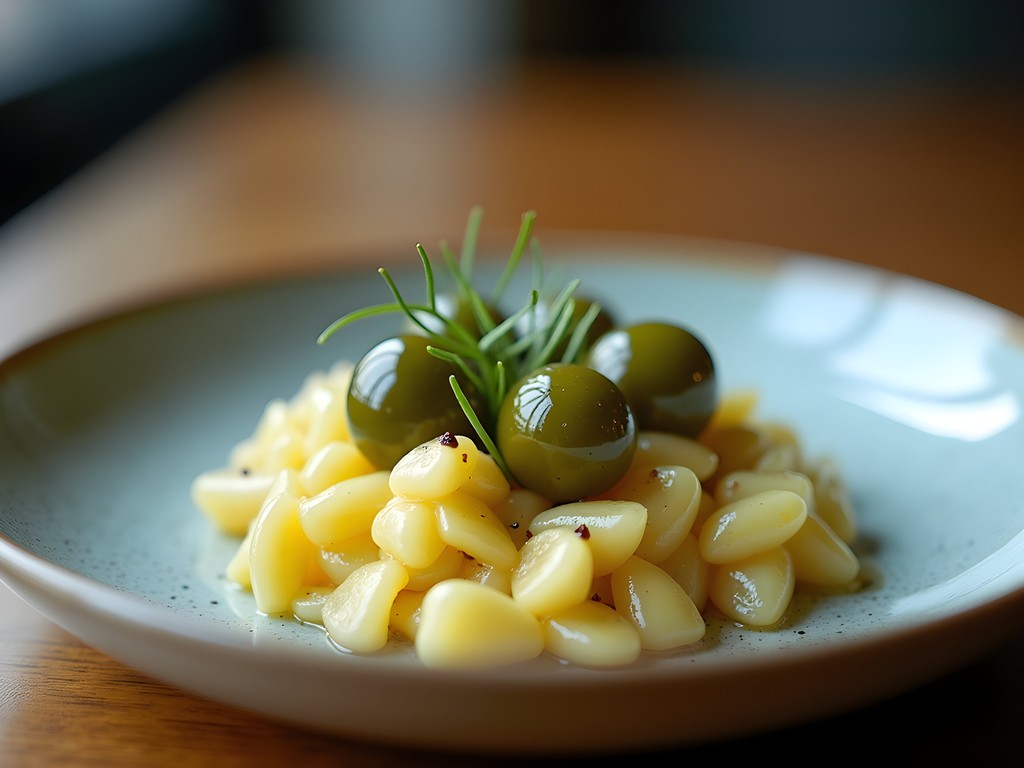
💡 Pro Tips
- Make reservations for avant-garde tapas bars at least two months in advance
- Budget more for these experiences – they're pricier but offer unique culinary memories
- Ask servers to explain techniques and ingredients – most staff are passionate about the creative process
Neighborhood Gems: Local Favorites Off the Tourist Track
While Barcelona's famous tapas spots deserve their reputation, my most treasured discoveries have come from wandering into neighborhood joints where tourists are rare and menus might not have English translations. These are the places where you'll find me on my regular visits – spots I've built relationships with over years of returning.
Bodega Fermín in Gràcia feels frozen in time – in the best possible way. This family-run spot serves vermouth from the barrel and simple tapas that haven't changed in decades. Their bombas (potato croquettes with spicy sauce) have a kick that locals appreciate. The first time I brought my daughter here, she was intimidated by the no-frills atmosphere, but by the end of the night, she was playing dominoes with a group of elderly gentlemen who treated her like an honorary granddaughter.
In the up-and-coming Sant Antoni neighborhood, Bodega Vinito offers a perfect blend of traditional space with slightly updated tapas. Their pulpo a la gallega (Galician-style octopus) rivals any I've had in Spain, and the vermut negre (black vermouth) makes the perfect accompaniment. The owner once noticed me scribbling notes about his tortilla recipe and spent twenty minutes explaining his technique in a charming mix of broken English and patient Catalan.
La Pepita in the Eixample district has become my personal favorite for their creative montaditos and the fact that they welcome guests to sign their names on the walls with markers. My daughter's signature from her teenage years remains somewhere near the bathroom – a permanent mark of our family travels. Their namesake pepitas (small open-faced sandwiches) change seasonally, but the one with goat cheese, honey, and walnuts is consistently excellent.
Exploring neighborhood tapas bars requires a sense of adventure and comfort with spontaneity. I always pack my pocket guidebook for these explorations – it's slim enough to check discreetly without marking myself as a tourist with a massive map. The beauty of neighborhood spots is their authenticity – these are places where locals gather after work, where families celebrate special occasions, and where the true rhythm of Barcelona life plays out over small plates and flowing wine.

💡 Pro Tips
- Venture into residential neighborhoods like Gràcia, Sant Antoni, or Poble Sec for authentic local tapas
- Trust the house vermouth (vermut) – it's having a renaissance in Barcelona and makes the perfect tapas companion
- Look for places with handwritten menus or 'Menu del Dia' signs – these often indicate family-run spots
Tapas with a View: Scenic Spots Worth the Premium
Sometimes, the setting enhances the tapas experience so significantly that it's worth paying a bit extra for the ambiance. Barcelona offers several spectacular viewpoints where the combination of tasty bites and breathtaking vistas creates memories that linger long after the flavors fade.
La Terraza at Hotel Duquesa de Cardona offers one of my favorite rooftop experiences. Overlooking Port Vell, their tapas menu focuses on seafood – logical given the harbor views. Their mejillones (mussels) in saffron sauce pair perfectly with the Mediterranean panorama. This spot holds special memories for me; it's where I celebrated finalizing my divorce papers, transforming what could have been a melancholy moment into a declaration of new beginnings with friends who flew in to support me.
El Xalet de Montjuïc provides a dramatic city overlook that's especially magical at sunset. Perched on Montjuïc hill, their terrace offers panoramic views while serving upscale versions of Catalan classics. Their croquetas change seasonally but always maintain that perfect contrast between crisp exterior and creamy interior. During the summer, they often have live guitar music that completes the sensory experience.
Mirablau, overlooking Barcelona from Mount Tibidabo, offers tapas with a side of twinkling city lights. While more of a cocktail bar than a dedicated tapas spot, their small plates menu satisfies with classics like patatas bravas and pan con tomate. The journey up the mountain via the historic Tibidabo funicular adds to the adventure.
When planning scenic tapas experiences, I always bring my compact binoculars to spot landmarks across the cityscape. These spots require more planning than spontaneous tapas crawling – reservations are essential for the best tables, particularly at sunset. The premium you'll pay for these views is worth it for at least one special evening during your Barcelona stay.

💡 Pro Tips
- Make reservations for rooftop tapas bars at least a week in advance, specifying that you want an outdoor table with a view
- Time your visit for the golden hour before sunset for the most dramatic lighting and photos
- Consider these spots for a special occasion rather than casual dining – they're pricier but offer unique experiences
Final Thoughts
Barcelona's tapas scene, like the city itself, thrives on contrasts – the reverently traditional alongside the boldly innovative, hidden neighborhood gems beside rooftop showstoppers. What makes a tapas crawl so magical is the journey between these worlds, the stories exchanged over small plates, and the unexpected connections forged through shared food experiences. Whether you're visiting as a couple seeking romance or a family introducing children to new flavors, the tapas format invites everyone to participate at their own pace and preference. My advice? Plan your must-visit spots but leave room for spontaneity – some of my most treasured Barcelona memories came from following the recommendation of a local or simply being drawn in by the lively atmosphere of an unplanned discovery. ¡Buen provecho and happy crawling!
✨ Key Takeaways
- Balance your tapas crawl between traditional establishments and innovative newcomers
- Explore neighborhood spots outside tourist zones for authentic local experiences
- Book avant-garde tapas experiences well in advance
- Consider timing your visits strategically – early evening for tourist spots, later for a more local experience
- Pace yourself with food and drink – the true tapas experience is about savoring many small bites over time
📋 Practical Information
Best Time to Visit
year-round, though September-October offers ideal weather and fewer crowds
Budget Estimate
€30-70 per person for a full evening tapas crawl, depending on drink choices
Recommended Duration
Spread across 2-3 evenings for the full experience
Difficulty Level
Beginner


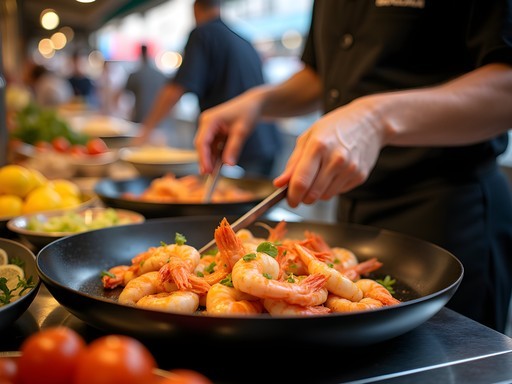
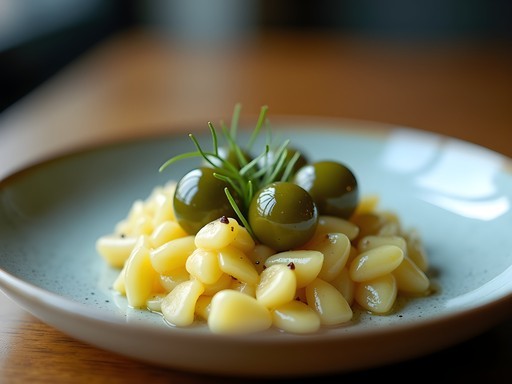
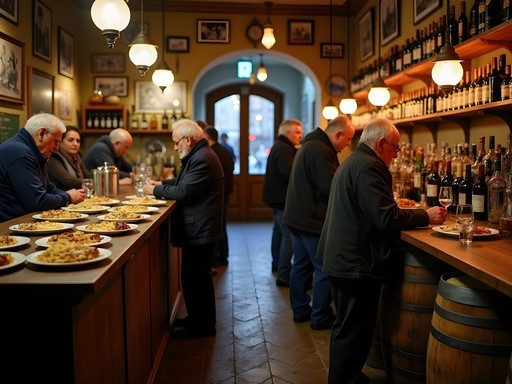
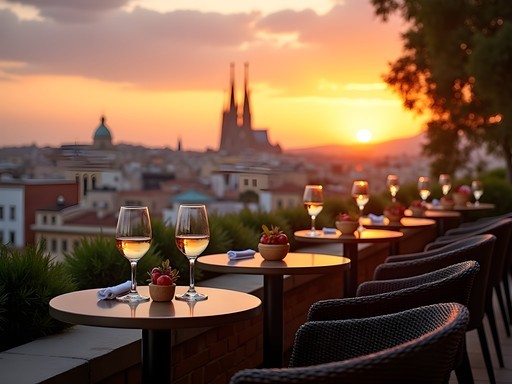




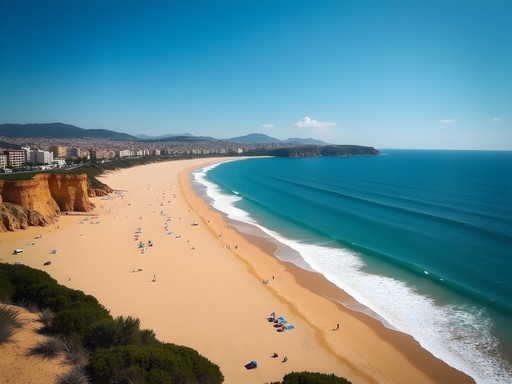
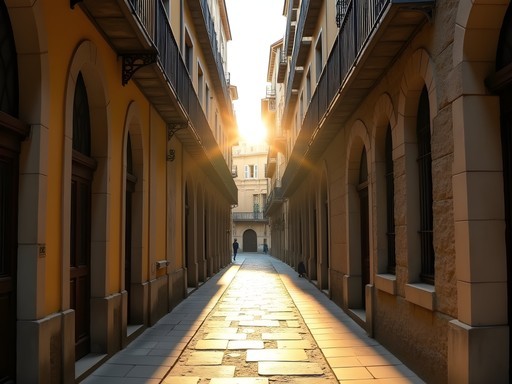
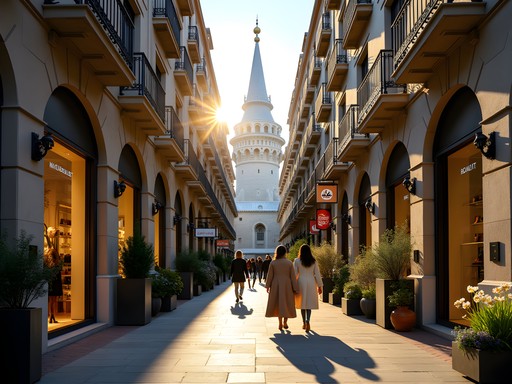


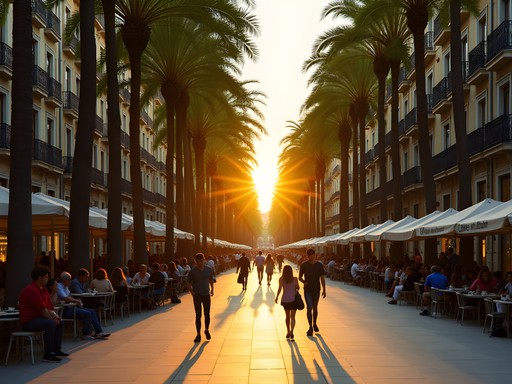
Comments
winterclimber
I've been to Barcelona five times and still discover new tapas spots each visit. One thing I'd add to this excellent list - don't skip the vermouth! It's having a huge revival in Barcelona and many of these traditional places make their own house version. The perfect companion to those anchovies and olives. My strategy is always to focus on one neighborhood per evening rather than crossing the city. The Gracia district has some amazing local spots that aren't in most guidebooks.
tripmood
Love this guide! Is it possible to do this crawl in one day or should I spread it out?
greenlife
Definitely spread it out! We tried 4 in one night and were stuffed beyond belief.
greenmaster
Just returned from Barcelona last week and we tried following this guide! Bodega 1900 was our favorite - that spherified olive thing blew my mind. One tip: we found La Boqueria way too crowded around lunchtime. Better to go early morning or try Sant Antoni market instead for a more local experience. Also, don't be shy about standing at the bar - that's where all the action happens!
Douglas Bradley
Excellent roundup that captures the spectrum of Barcelona's tapas culture. I've been tracking the evolution of tapas in Barcelona for years, and what fascinates me is how places like Quimet & Quimet maintain their traditional approach while the molecular gastronomy movement has transformed others. I'd add one observation: the economic impact of tourism has created a third category - "tourist tapas" spots that look authentic but cater specifically to visitors. For those wanting the genuine experience, I recommend exploring the Poble Sec neighborhood which still maintains its local character. I always bring my pocket Spanish phrasebook as even just a few words in Catalan or Spanish completely changes how you're received in the more traditional establishments.
travelclimber
Are reservations absolutely necessary for these places? Or can you just show up?
Lucy Mohamed
The avant-garde spots like Disfrutar definitely need reservations (weeks in advance!), but most traditional tapas bars don't take them - just be prepared to wait or go during off-hours.
freechamp
Going to Barcelona next month with my teenagers. Any specific tapas places that are good for first-timers who might be picky eaters?
winterclimber
Not the author but I'd recommend starting at El Nacional - it's like a fancy food hall with different stations. My teens loved being able to choose different things. Patatas bravas are usually a safe bet for picky eaters!
freechamp
Thanks for the tip! El Nacional sounds perfect for us.
Marco Flores
Lucy, this brings back memories! I did a similar crawl last summer, though I started in Barceloneta for seafood tapas and worked my way inland. The contrast between the traditional spots and avant-garde places like Tickets is what makes Barcelona's food scene so special. I noticed you mentioned bringing your daughter - I've found that many of the old-school places are surprisingly kid-friendly despite their busy atmosphere. Did Amira have a favorite dish? For me, nothing beats simple pan con tomate with that incredible Spanish olive oil!
Lucy Mohamed
Thanks Marco! Amira absolutely fell in love with the bombas at La Cova Fumada - something about the potato-meat combo and spicy sauce just clicked with her. And yes, the traditional places were so welcoming to her!
Marco Flores
Bombas are the perfect gateway tapas for kids! I'm planning another Barcelona trip in December, definitely adding La Cova Fumada to my list this time.
greenlife
Just got back from Barcelona and hit 3 of these spots! El Xampanyet was absolutely packed but worth the wait.
Sarah Powell
Lucy, I appreciate how you've organized this crawl geographically. So many visitors underestimate the distances between Barcelona neighborhoods. When I was researching my solo travel guide to the city, I found that focusing on one area per evening made for a much more enjoyable experience. The contrast between Barceloneta's seafood-focused tapas and the more experimental offerings in El Born tells such an interesting story about Barcelona's culinary identity. I'd suggest readers also consider timing - many traditional places open earlier (7pm) while the modern spots don't get busy until after 9pm. This is actually perfect for creating your own progressive dinner experience across the evolution of Catalan cuisine.
Lucy Mohamed
Great point about the timing, Sarah! That's exactly how we structured our days - traditional spots early, then slowly making our way to the more contemporary places as the evening progressed. It's like a culinary timeline tour!
triprider
Just got back from Barcelona and wish I'd seen this post before! We stumbled upon El Xampanyet by accident and it was the highlight of our trip. So packed with locals that we could barely move but the cava and anchovies were incredible. Definitely bring a good phrasebook though - very little English spoken there which made it more authentic but challenging! I used my pocket Spanish guide constantly.
Venture X
Premium card with 2X miles, $300 travel credit, Priority Pass